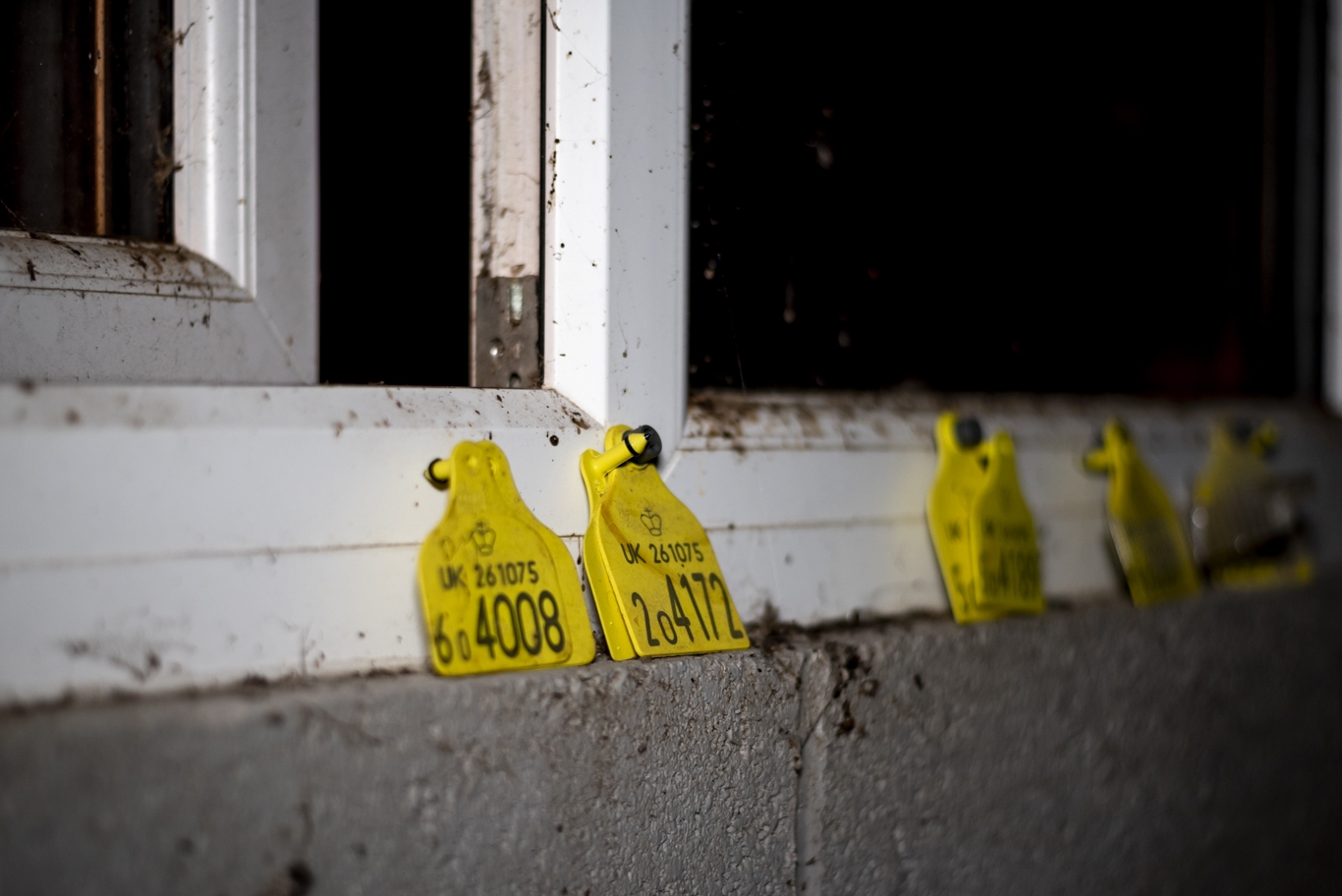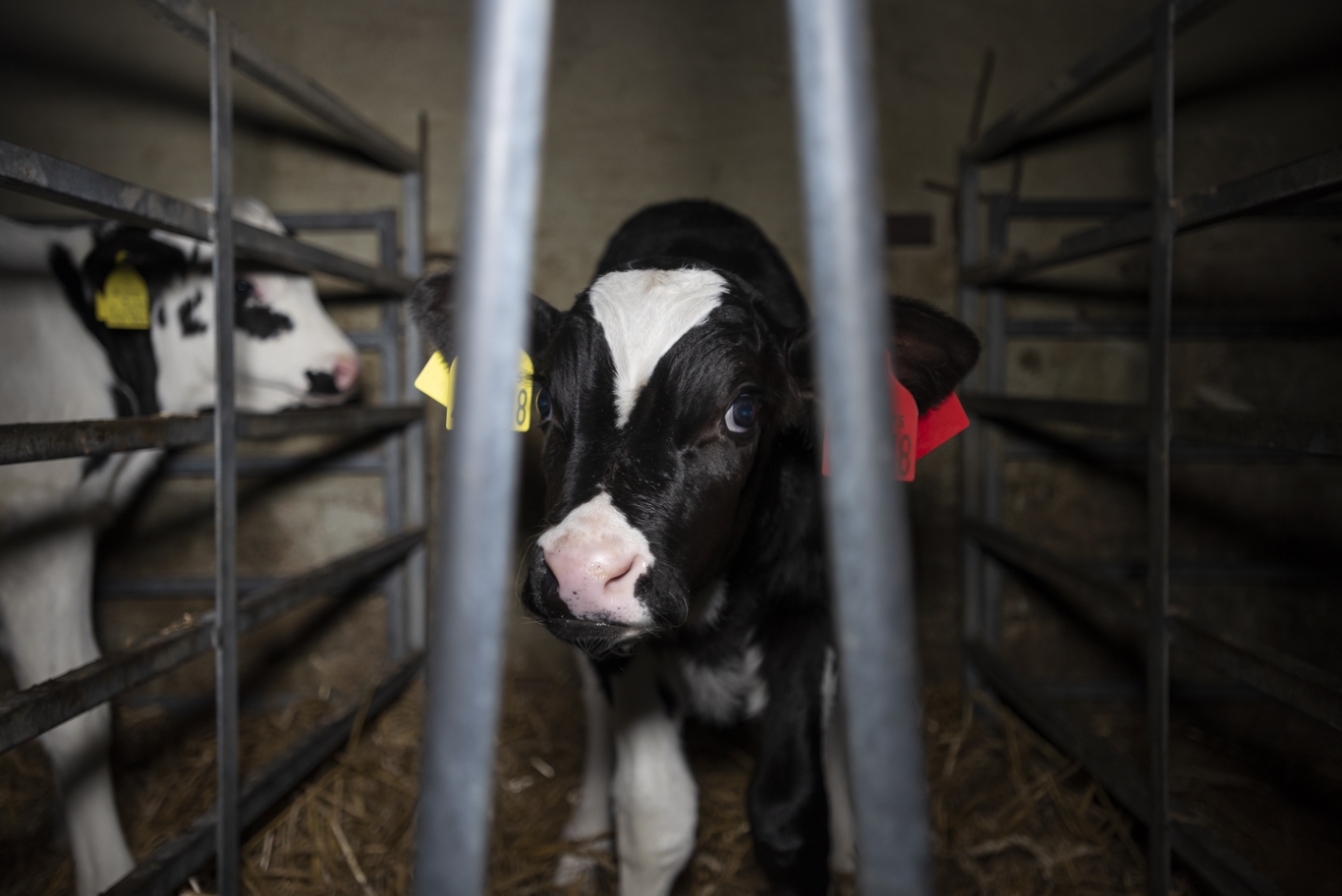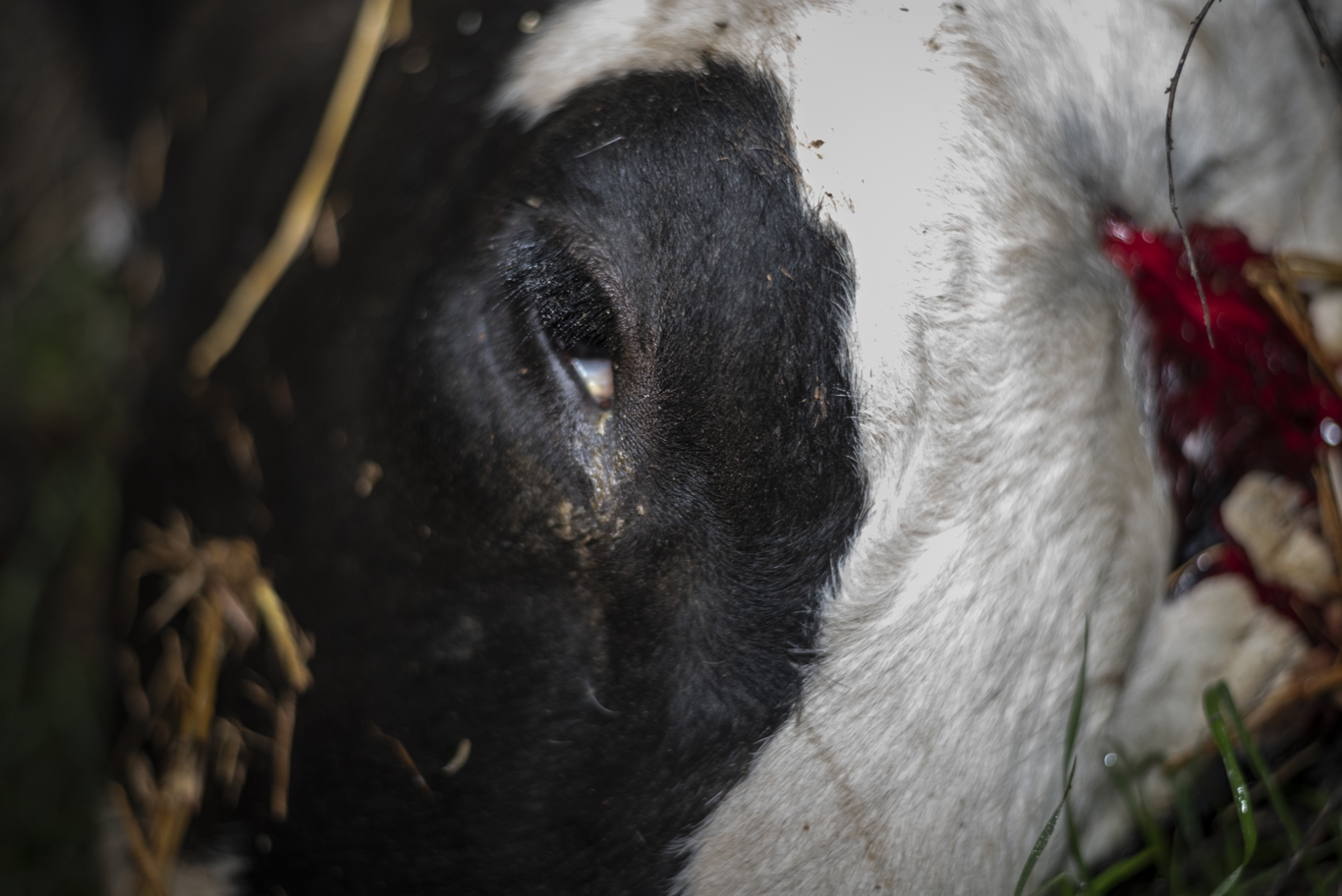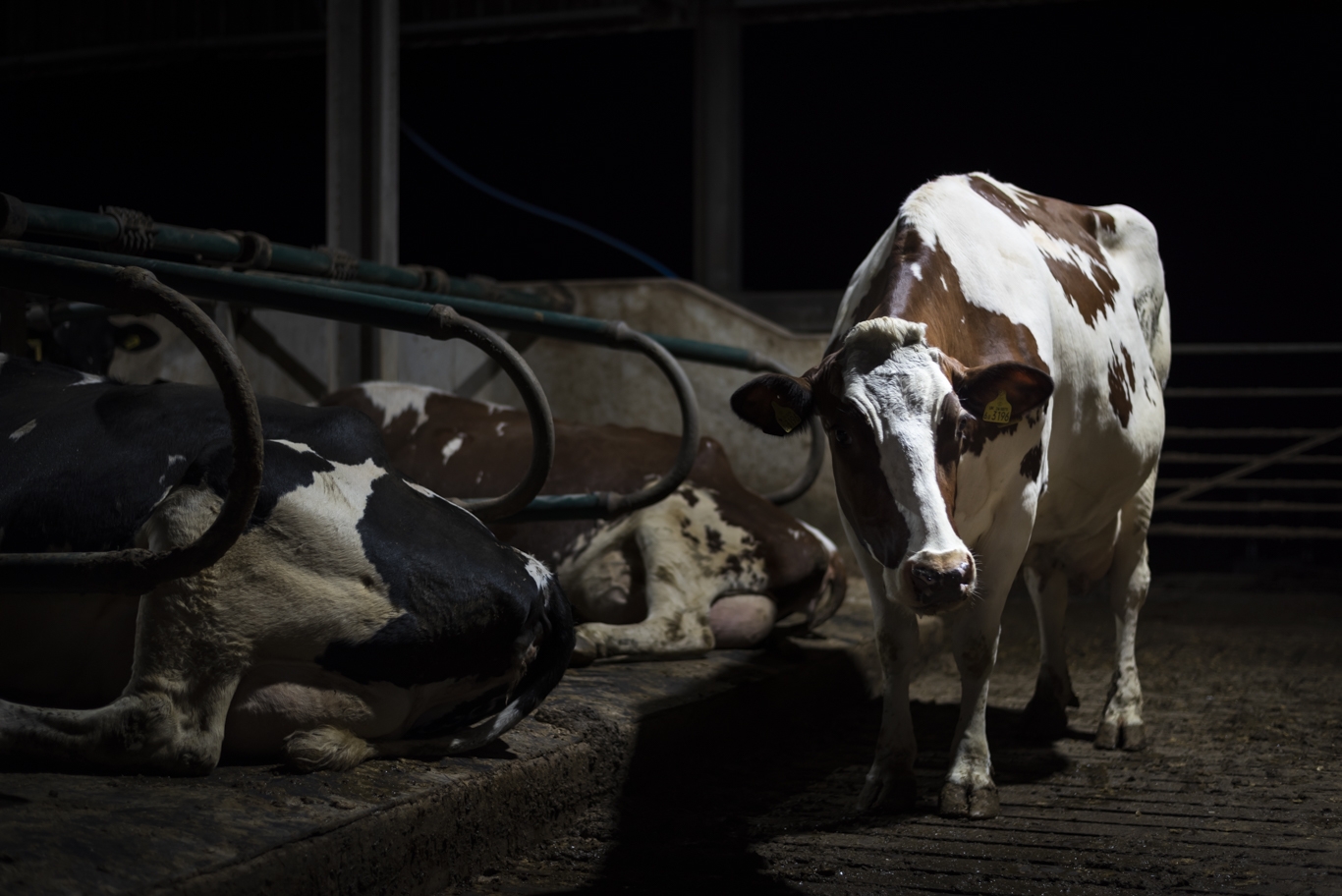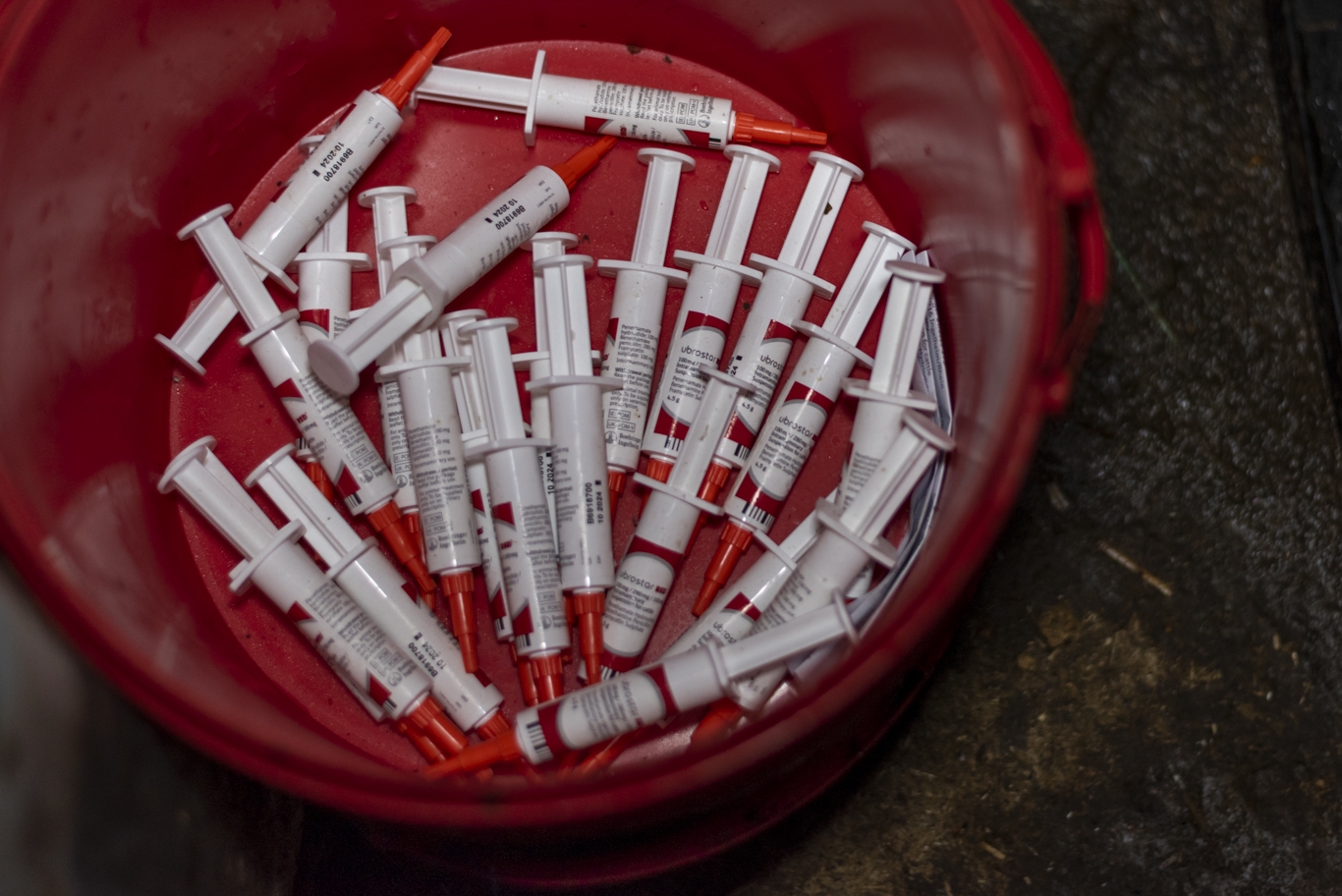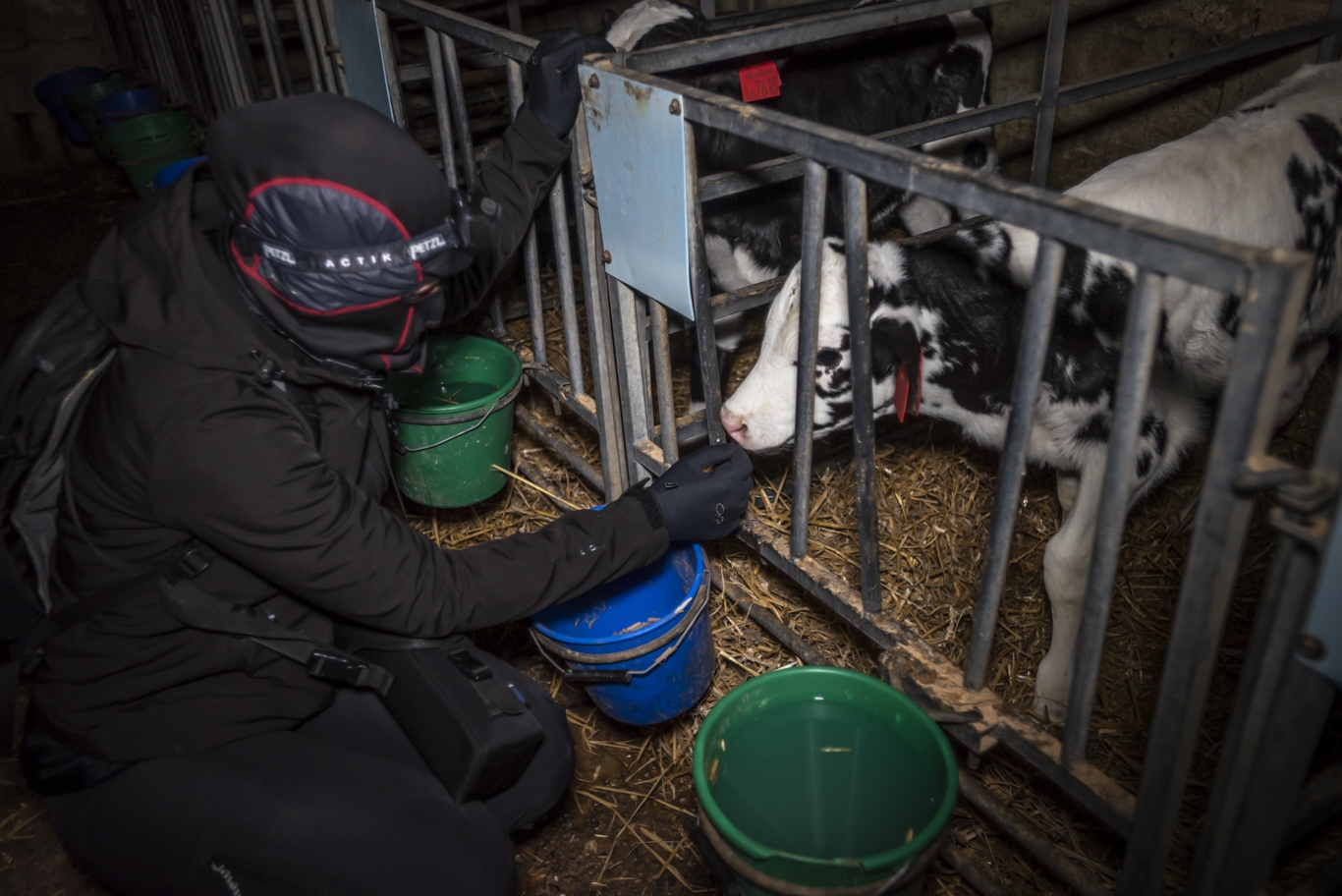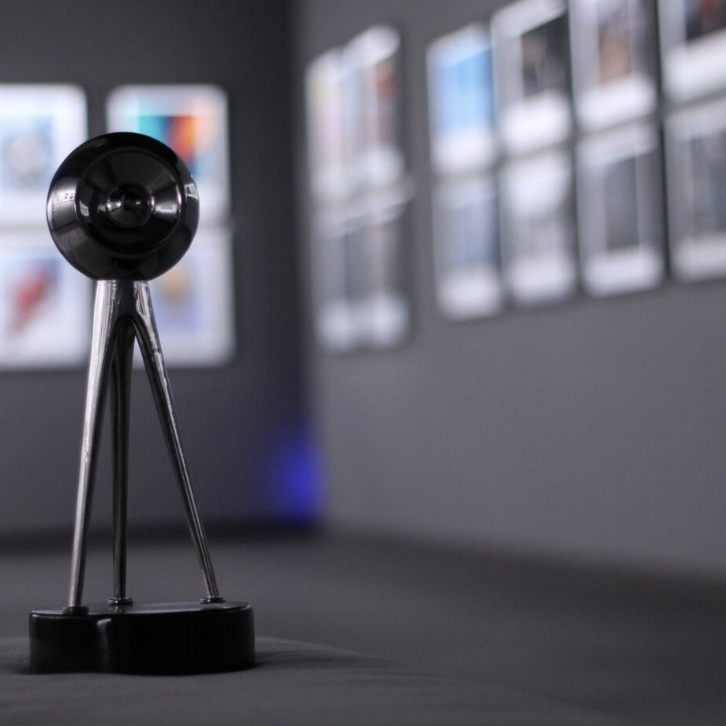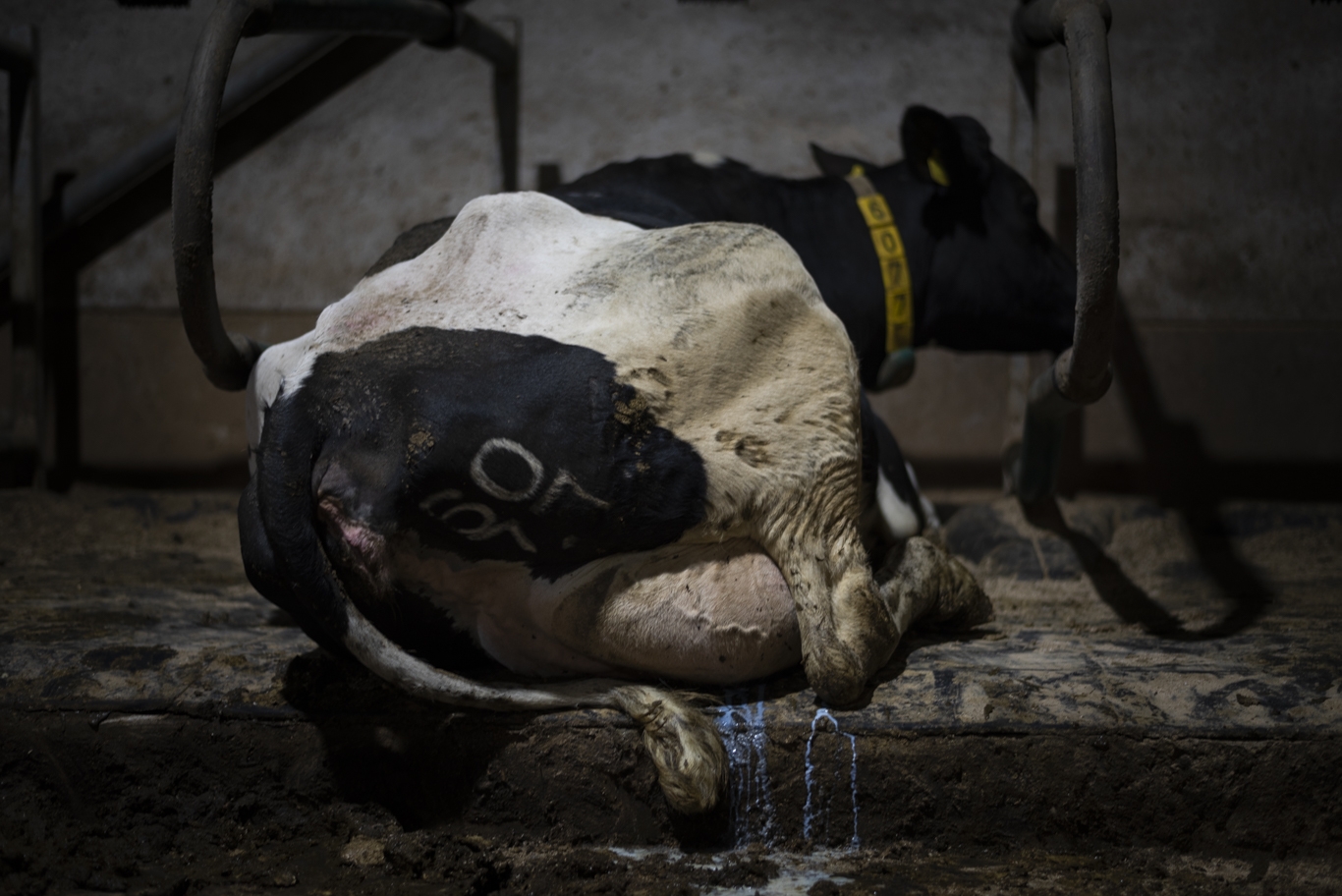
‘Behind Closed Doors’: An Interview with PX3 Winner Amy Jones
June 4, 2024Join us as we explore the work of Amy Jones, 2023 PX3 category winner and State of the World curator selection. Her winning project "Behind Closed Doors" was also awarded the Earth.Org “Overall Best Environmental Photo” 2023 and the “Wildlife in Peril” 2023 category. Jones is a photographer and activist whose images focus on the intersection of animal welfare, environmentalism, and farming. Amy's journey into photography was not merely a pursuit of artistry but a response to the urgent need to shed light on the injustices faced by animals and the environment. In this interview, Amy shares her motivations, challenges, inspirations, and her commitment to using photography as a tool for advocacy and change.
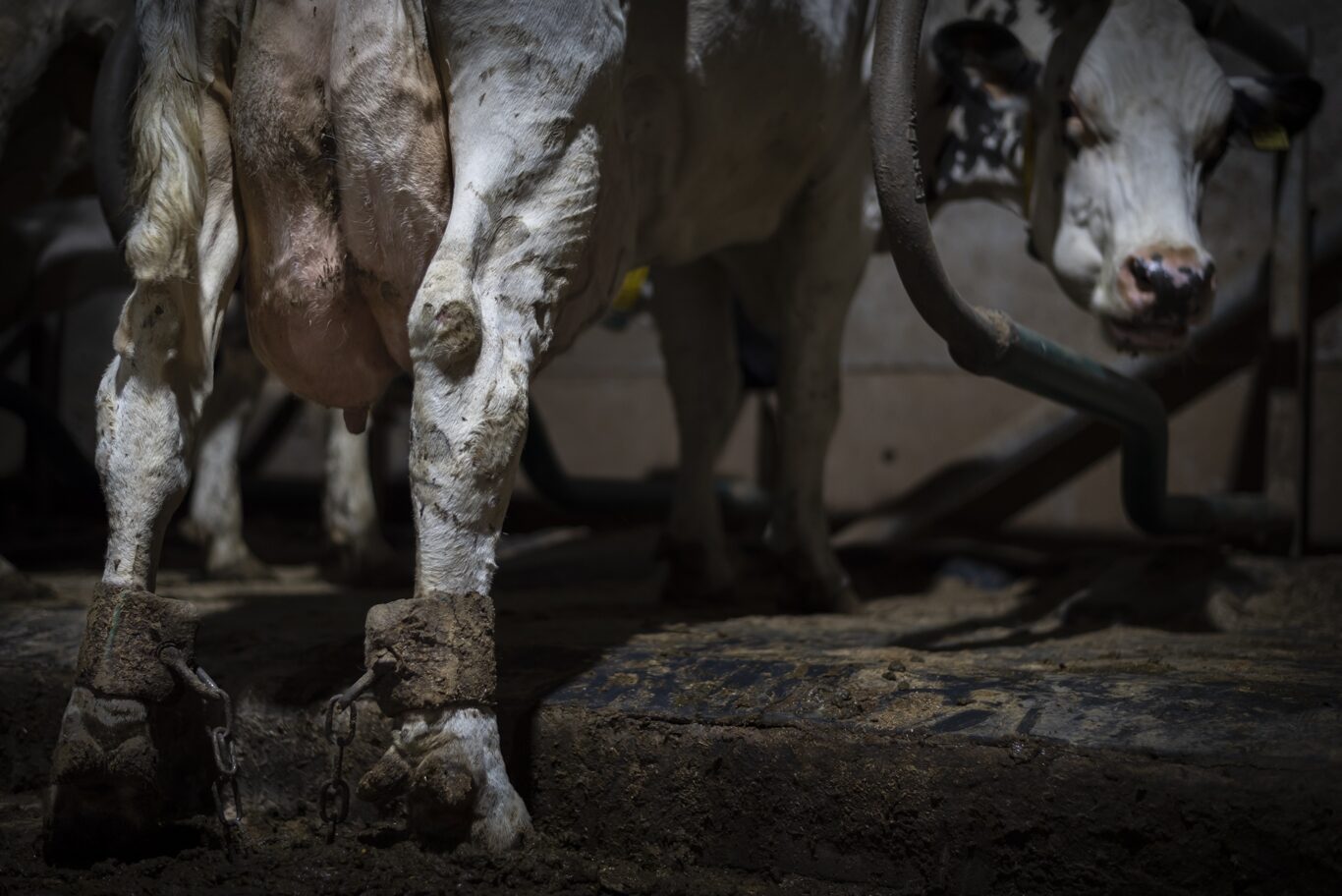
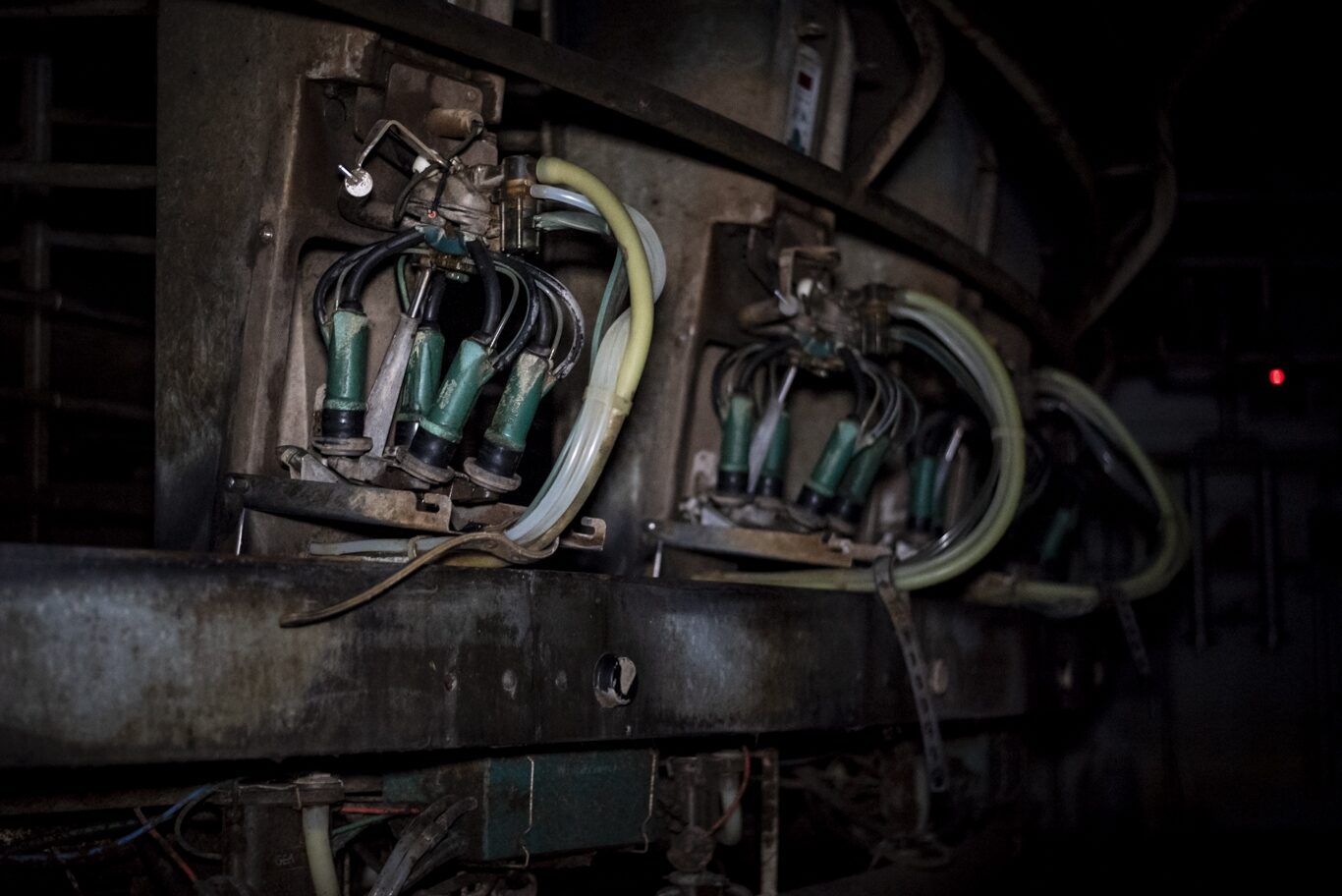
Please briefly introduce yourself and explain how you initially got into photography?
My name is Amy Jones and I am a photographer and storyteller focusing on animal, wildlife, and environmental issues. In the years before I picked up a camera myself, I had a keen interest in photography but preferred to look at the images of others. But as I learned more about the terrible things facing animals and the environment, I started seeking out these stories myself.
I don’t think that I necessarily got into this work because I wanted to be a photographer, I think it was more because I saw the injustices happening to animals, particularly in our food and agriculture system, and I found that photography could communicate these issues in a way that words couldn’t. Fast-forward six years and my search for these stories has taken me across seven different countries where I’ve documented the animals used for food, entertainment, fashion, and experimentation.
Why did you choose to focus your photojournalism on environmental issues?
To start with my focus was on the animals, but because there is such an overlap between our destruction of the natural world and the ways we use animals, the environmental issues were naturally translated through that work. For example, animal agriculture contributes up to one-fifth of planet-warming emissions, is the leading cause of deforestation, and is responsible for significant biodiversity loss and pollution. I now recognise just how interconnected these issues are and do my best to communicate this overlap.
And by following the stories of those impacted by environmental issues, in this case, the cows who are intensively farmed for dairy, I believe we, as photographers, can offer a glimpse into the heartbreaking realities of these hidden places.
Who are some photojournalists through history that inspire you? How has their photography influenced yours?
There are so many! The first photograph that ever stopped me in my tracks was by Britta Jakenski. It is called Broken Cats. I remember being deeply moved and, on reflection I think that was the moment I thought about exploring photography to get to the heart of an issue and communicate that with the outside world.
Jo-Anne McArthur is another photographer who inspires me. She is a trailblazer when it comes to telling animals stories. She founded the animal photojournalism agency, We Animals Media, and is doing groundbreaking work to help advance this field and support others in documenting these issues.
Another that comes to mind is Aitor Garmendia. He is one of the most thorough and extraordinarily talented investigative photojournalists I’ve ever come across and his tireless efforts to document even the most difficult stories are a huge inspiration to me.
Did you run into any challenges when creating 'Behind Closed Doors'?
Unfortunately, places that exploit animals are notoriously difficult to access and the reality of what’s happening to them relies on investigators and journalists. But that’s why I document these stories. I’m interested in telling the stories that very few others are photographing, and the animals' experience of intensive farming, is something that is unfortunately not often covered in the mainstream. I see it as my role to help keep these stories on the radar.
There was also a balance I had to strike with this story. I didn’t want the images to all be so graphic that they turn people away, but I also wanted to show the reality that these animals are living. Through composition and lighting, I wanted them to be powerful enough to pull people in behind that closed door and look before being hit with the final image.
What is your favorite or most impactful image from this project? Why?
I come back to the second image in the series quite a lot. There’s something about the way the cow is glancing back at the investigator, the way her legs are shackled, and the state of her body that gets me every time.
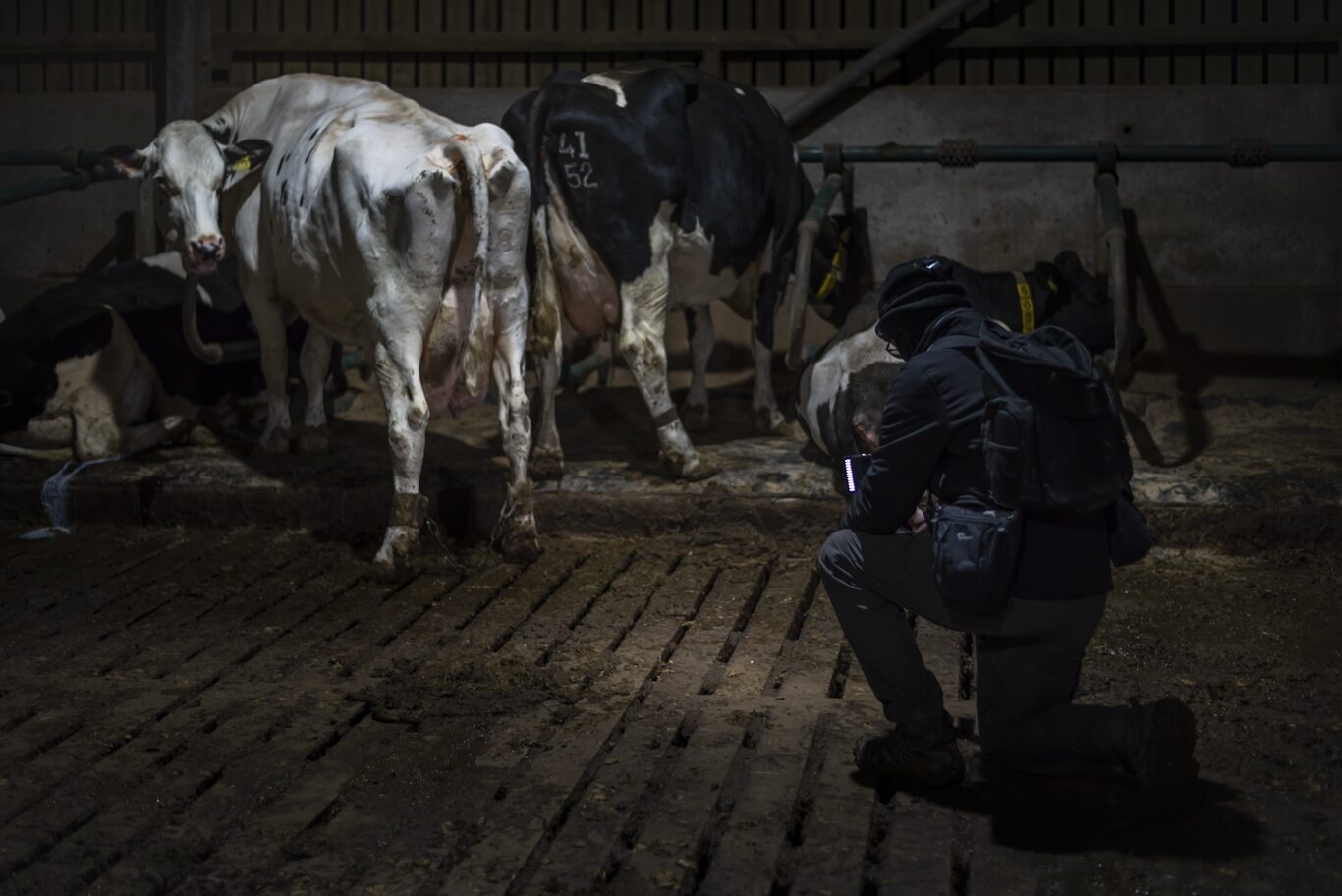
Where do you see your photography going next? Any projects you're currently working on that you can speak about?
Initially, I came to photography as a form of activism, but over the years that has shifted. I now see myself as a journalist first and foremost. Yes, I want people to connect with my photos and yes, I want my images to inspire change for animals and the environment. But I think of my role as documenting the facts, relaying them to others, and keeping those stories on the radar. I can see my work continuing in this vein going forward. This year I’ve been working on another story into intensive farming. I can’t say too much about this yet, but I’ll be sharing the images from this series in the future.
If you could give a piece of advice to photographers and photojournalists world wide what would it be?
Follow the stories that matter to you and see how the narrative develops. Behind Closed Doors was originally supposed to focus only on the cows, but the passion and tireless work of the investigators naturally became a larger part of the story. It’s also important to look at the bigger picture and recognise how many issues we, as photojournalists, feel compelled to document are interconnected.
We want to thank Amy Jones for taking the time to answer our questions and reflect back on her award winning series. To view her project and the other curator's selection click below.
